As the new sugar season begins in less than two months, the sugar industry is eager for key policy decisions which will ensure a smooth sailing. ChiniMandi spoke with Vijendra Singh, ED, Shree Renuka Sugars, to get his perspective as the new season unfolds.
Without mincing any words, Singh said that policymakers must take proactive action to help the sugar industry, farmers, and other stakeholders. Otherwise, the industry will need to tighten its seatbelts, as turbulent weather is ahead.
Q. As the 2025-26 sugar season starts in October 2025, what is your overall view on the next crushing season?
Ans: I am seeing the 2025-26 sugar season as a very turbulent season with both positive & negative news coming from the ground. We had very good rain this year all over the sugarcane producing areas, except some parts of Marathwada. This is going to help in better sugarcane production and better sugar recovery. Hence, sugar production may increase accordingly. However, the surplus sugar production will pose a challenge to the sugar industry and policy makers.
Q. Do you think that sugar production will be more than the total annual consumption requirement?
Ans: Last year, we had sugar production of 261 LMT with the diversion of 34 LMT sugar for ethanol. Presuming sugar production will increase by 15-20% in 2025-26 SS, the sugar availability will improve by almost 4-5 MN MT.
Q. How will extra sugar production impact the sugar industry?
Ans: The industry will face a challenge in managing its extra sugar production. It will increase the inventory, leading to lower sugar prices and an extra interest burden on the sugar Industry. This will also delay cane payments if sugar prices fall below the cost of production.
Q. What solution sugar industry is seeking from the Government?
Ans: We have requested the Government to increase the MSP of sugar to above Rs. 40/- kg., divert more sugar for ethanol production and permit sugar exports. However, the current policy framework is prohibiting the same.
For diversion of sugar to ethanol of 40-50 LMT, the sugar industry needs to produce about 250-300 cr. ltr of ethanol. As per the estimate available, this year, the ethanol supply will be about 1000 cr ltr., and the sugar industry has contributed almost 40% ethanol as on June’25, which may drop to 35% by the end of the year, as the crushing period is over. The industry has already supplied 255 cr ltr by June 2025.
The OMCs have already achieved ethanol blending close to 19-20%. So, there is no room to consume more ethanol at the current policy framework.
Q. What policy needs to be changed to increase the consumption of ethanol?
Ans: The sugar industry is looking forward to major policy changes. The sugarcane price has increased by Rs. 500 ton since 2022, which is almost a 16-17% increase, but the ethanol prices haven’t been revised since 2022. It’s high time that the prices of ethanol are revised in line with the sugarcane price so that more sugar can be diverted to ethanol, thus reducing the dependency on imported crude, which leads to the drainage of foreign exchange.
The prices alone will not solve the problem; we need to supply and consume more ethanol. We should create space for another 250 cr. ltr. ethanol and in terms of blending, ethanol blending should go from 20 to 25% immediately. Sugar export may be an option, but global prices are already very low, making it unviable at this point.
Q. What is the constraint in increasing the ethanol blending?
Ans: The major issue is that vehicles are suitable for 20% blending as per the report available with Society of Indian Automobile Manufacturers (SIAM), and to increase the blending from 20% to 25% we need to introduce flexi cars, which can run on 100% ethanol also. Similarly, we need two-wheelers that can run on 100% ethanol. Many car manufacturers are already working on the development of flex cars, which need to be accelerated.
Q. Is there any country following this model?
Ans: Yes, Brazil is the biggest producer of sugarcane and has recently increased its mandate for blending from 25% to 30% and proposed to increase to 35% in the near future. Brazil has all flexi cars which can run upto 100% ethanol, and the average blending for Brazil is above 48-50%.
If we see more details, Brazil’s population is 2.20 cr. and they consume about 3,000 cr. ltr of ethanol, which is 3 times of Indian consumption. India’s population is 7 times higher than Brazil’s population. Therefore, ethanol consumption in India can increase manifold. This model has helped Brazil’s farmers in a big way, making financially sustainable cane cultivation model.
Q. Is sugar export a good solution for the excess sugar stock?
Ans: Whenever we think of sugar export, we expect a better international price of sugar than the domestic market. The world market is projecting that India will be producing more sugar than it consumes, which may increase exports from India. But the global market has already crashed to a level where exports are hardly viable.
Therefore, India must prioritise sugar diversion for ethanol production.
Q. Any other policy you think the government can help the sugar industry and farmers?
Ans: Yes, the upward revision in the Minimum Sugar Price (MSP) is a long-pending demand of the sugar industry. It was revised in 2019 only. Meanwhile, the sugarcane FRP has been revised consistently. It is important that the MSP price is revised in line with the increase in FRP and should be revised to 40-41 Rs./Kg. urgently.
Q. If no policy intervention comes from the government, what is your view on the sugar industry for the next 1/2 years?
Ans: I can see a very challenging time for the sugar industry, where the industry will sell products at below the cost of production, carrying inventory in the warehouses, an increase in interest costs, and farmers not being paid the cane price in time, which will lead to cane arrears building up. In short, it will impact the entire value chain of the sugar business.
So, I wish that policymakers should take action proactively to avoid this situation and help the sugar industry, farmers and other stakeholders. Otherwise, the industry will need to tighten its seatbelts, as turbulent weather is ahead.

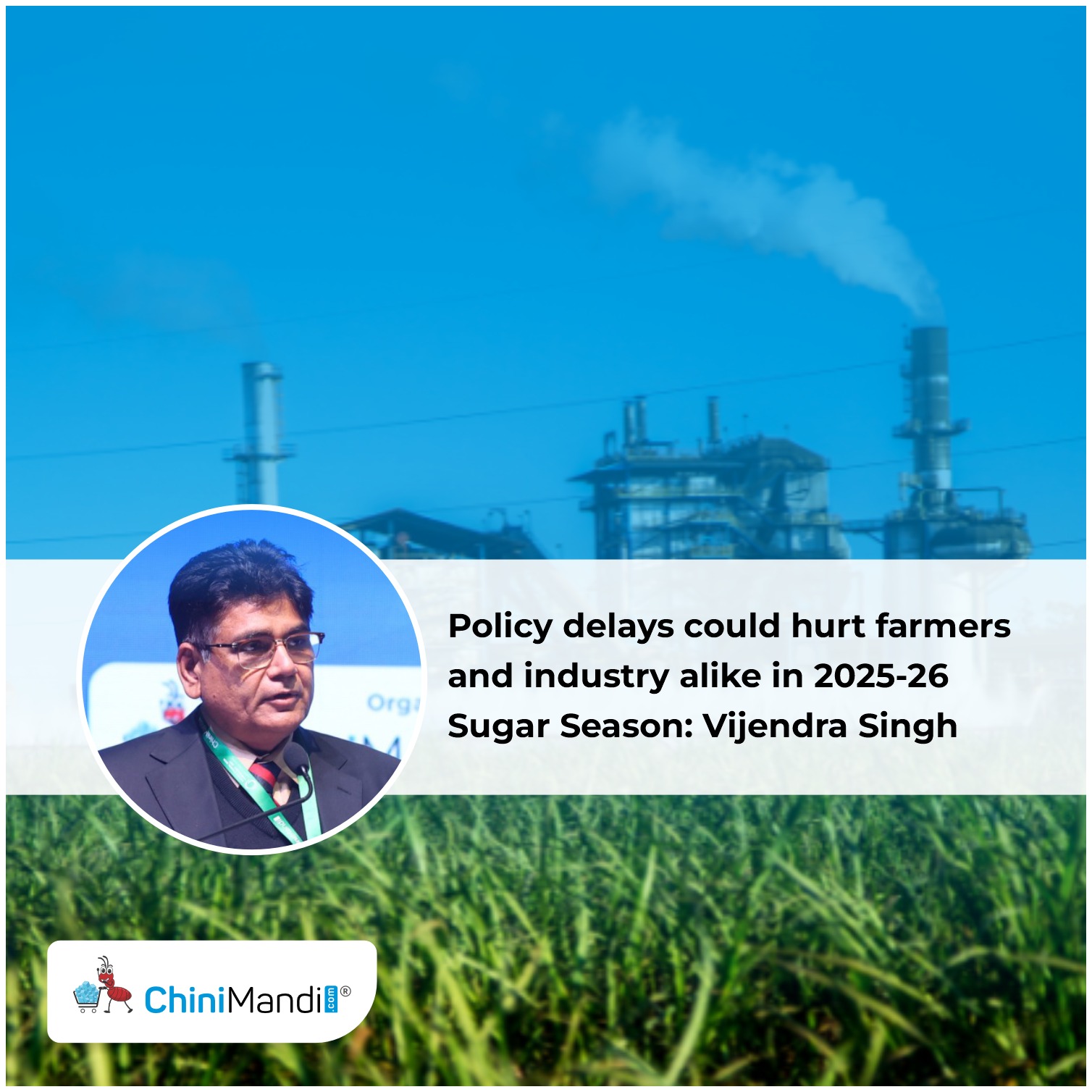




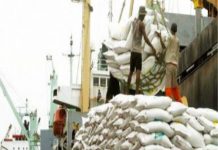

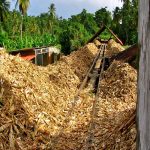


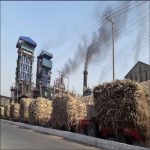
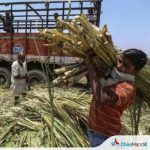





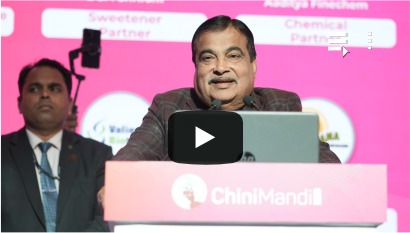
[…] Source : Chinimandi […]